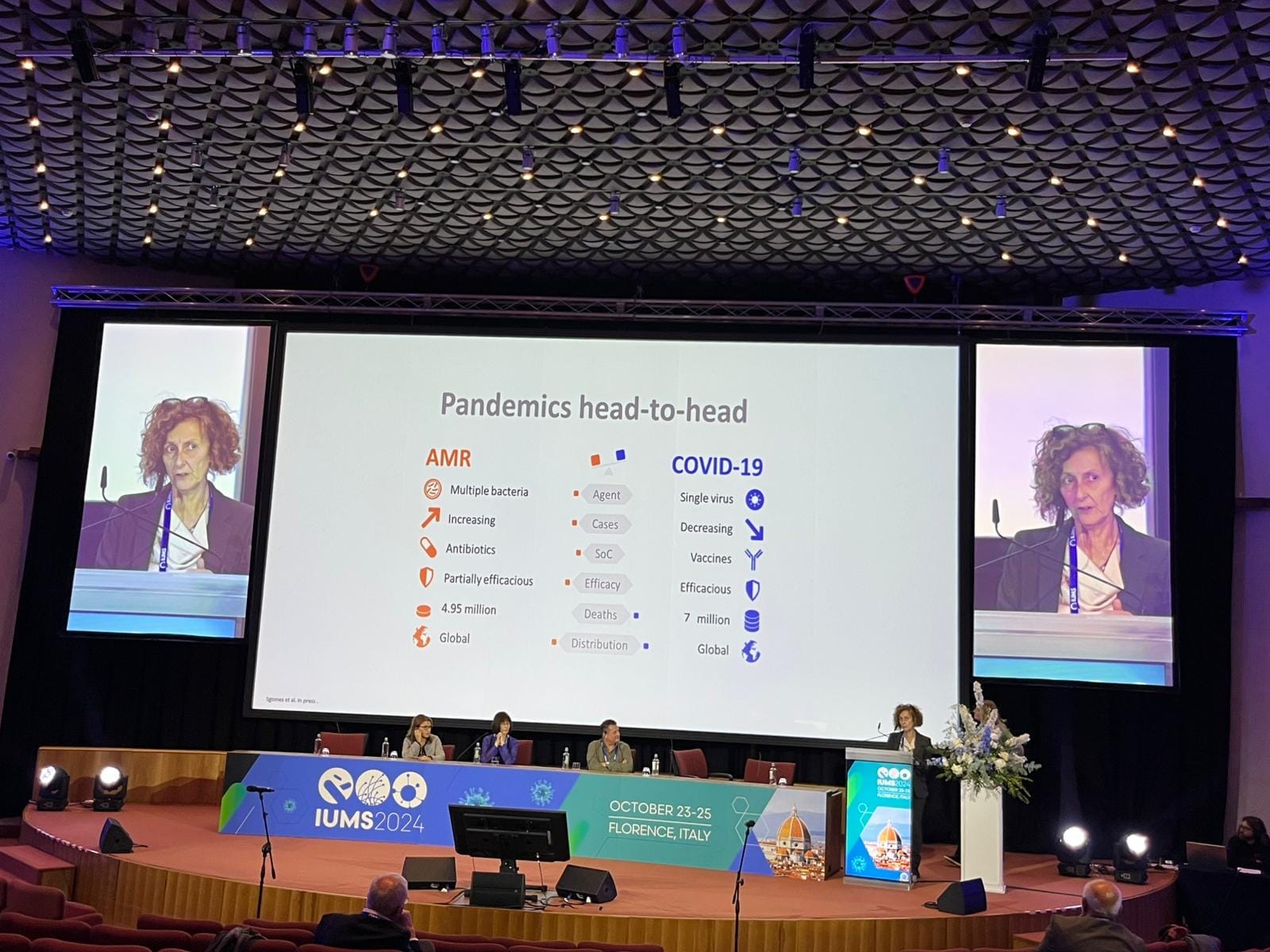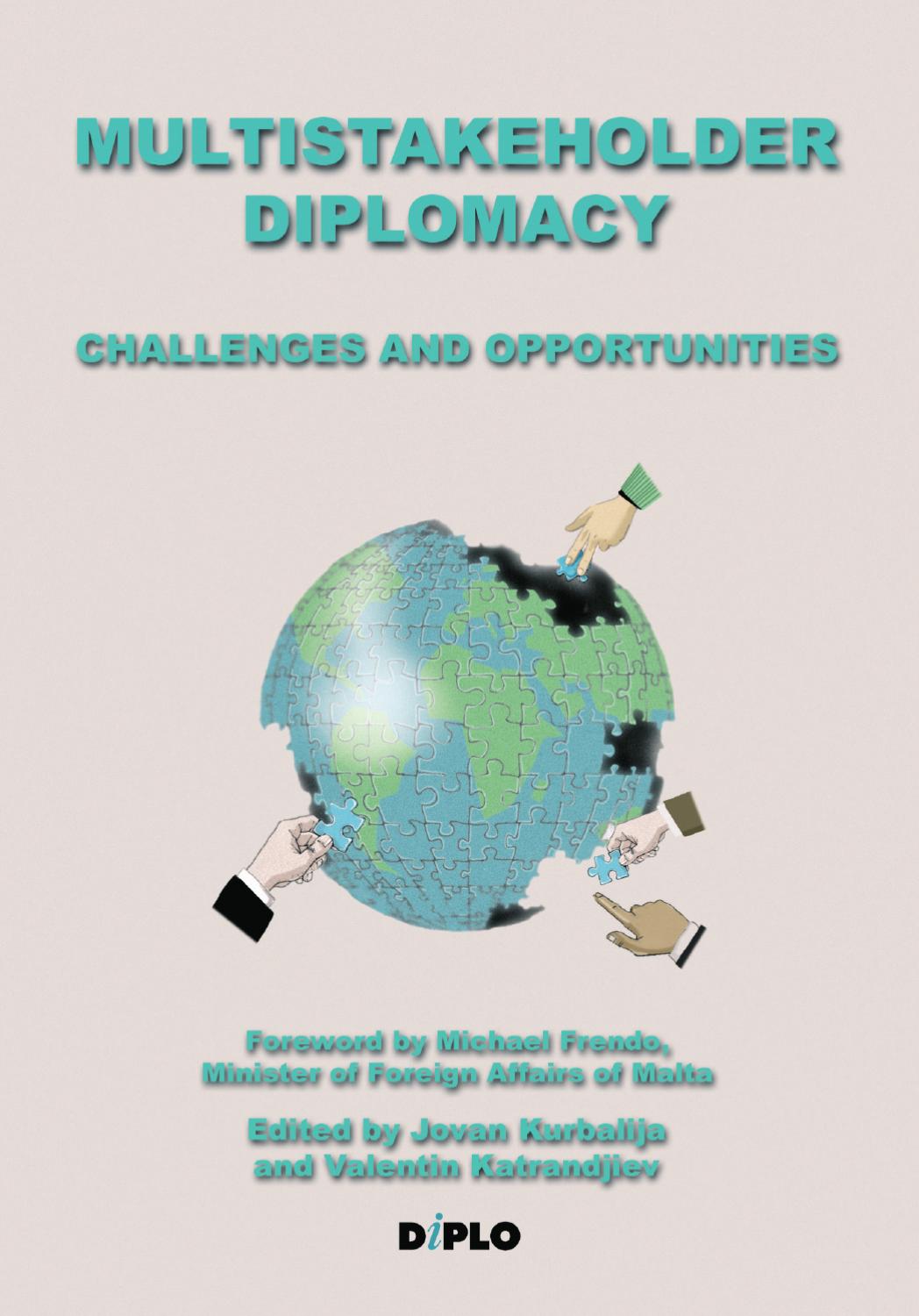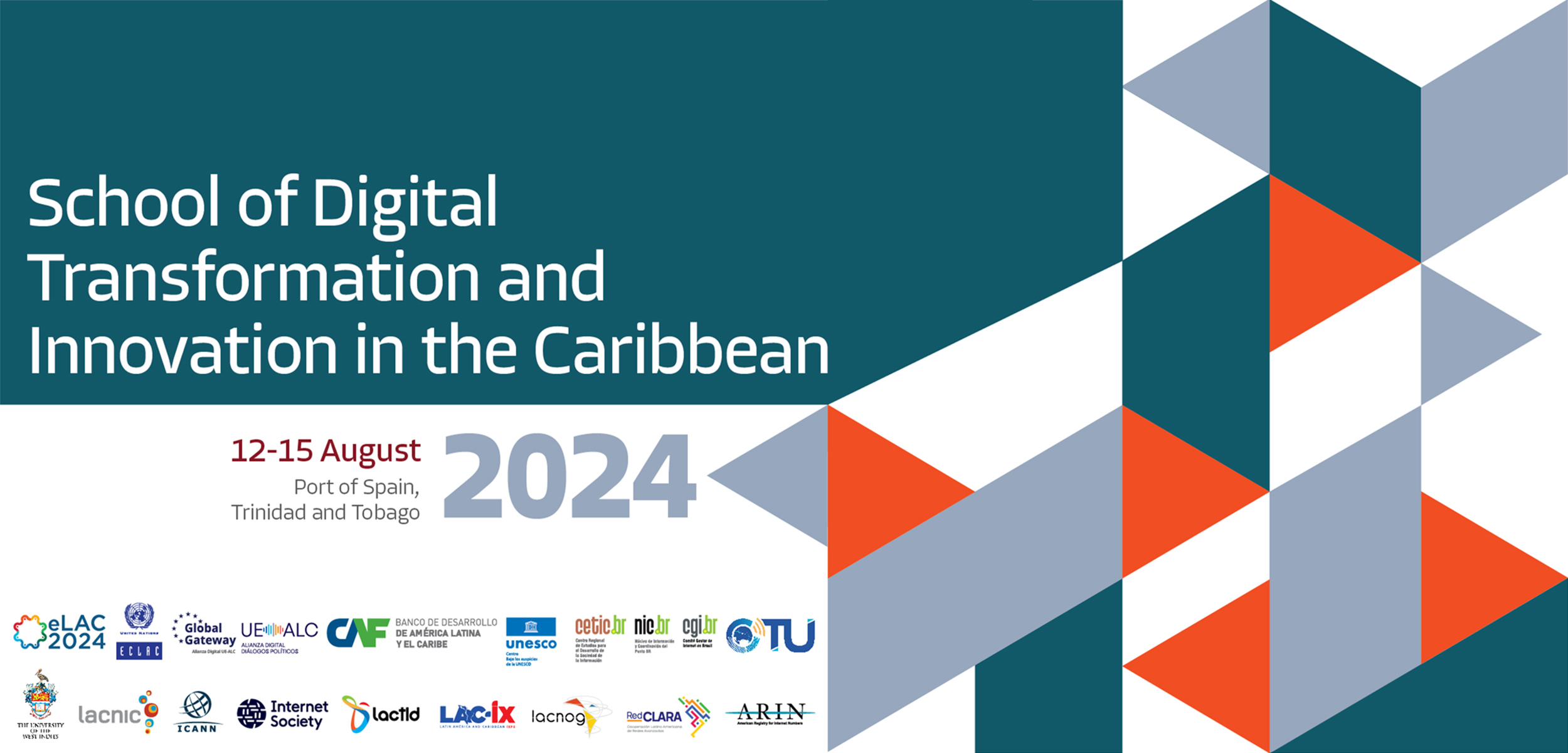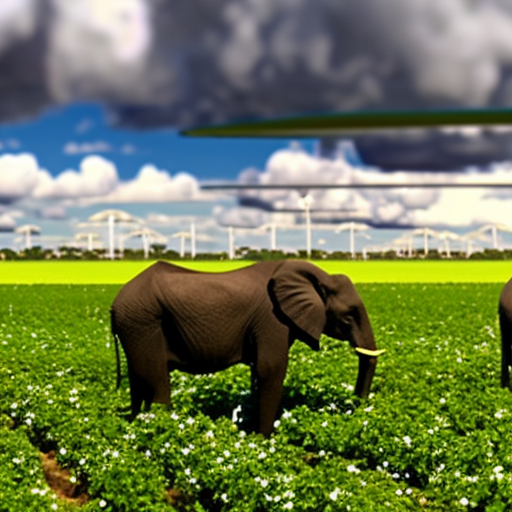
President Ruto’s Efforts to Boost Kenya’s Agricultural Productivity
- Since ascending to office in September 2022, President Ruto has remained relentless in his bid to boost Kenya’s agricultural productivity.
- Agriculture remains the bedrock of the country’s development and the key to creating equitable and sustainable growth for its citizens.
- President Ruto has focused on implementing policies and programs to enhance productivity, improve farmers’ incomes, and ensure food security.
Agriculture as a Bedrock of Kenya’s Economic Prosperity
Kenya has made impressive economic strides in innovation and entrepreneurship, private sector enterprise, infrastructure, and human skills development. However, agriculture remains the bedrock of the country’s development and the key to creating equitable and sustainable growth for its citizens. The importance of agriculture has been highlighted in Kenya’s Vision 2030.
Moreover, research has demonstrated that agriculture remains a major driver of economic prosperity for most African countries. In addition to driving economic growth, agriculture creates jobs for most rural communities and is essential to satisfying the food security needs of most of the population.
When President Ruto was elected, Kenya faced a significant food security challenge, with the prices of most food commodities at a record high amid inflation and high cost of living.
As per data from the Kenya National Bureau of Statistics (KNBS), the country’s food import bill rose 18 per cent to $1.2 billion in nine months of 2022 from Sh1.01 in a corresponding period in 2021. This was the highest figure recorded in a year’s first nine months since 2017, when the bill stood at $1.208 billion, pointing to heightened food imports during the election period.
Since ascending to office in September 2022, President Ruto has remained relentless in his bid to boost Kenya’s agricultural productivity. President Ruto has focused on implementing policies and programs to enhance productivity, improve farmers’ incomes, and ensure food security.
Subsidies and Agricultural Input Support
President Ruto has advocated for and supported initiatives that provide subsidies and input support to farmers. This includes the provision of fertilizers, seeds, and other agricultural inputs at subsidised rates, making them more accessible to smallholder farmers. By reducing the cost of inputs, these programs aim to improve the overall productivity of agricultural activities.
Technology Adoption
The President has been a proponent of leveraging technology to enhance agricultural practices. This includes promoting modern farming techniques, improved seed varieties, and mechanized farming equipment. By encouraging the adoption of technology in agriculture, Ruto aims to increase efficiency and yield.
Irrigation and Water Management Practices
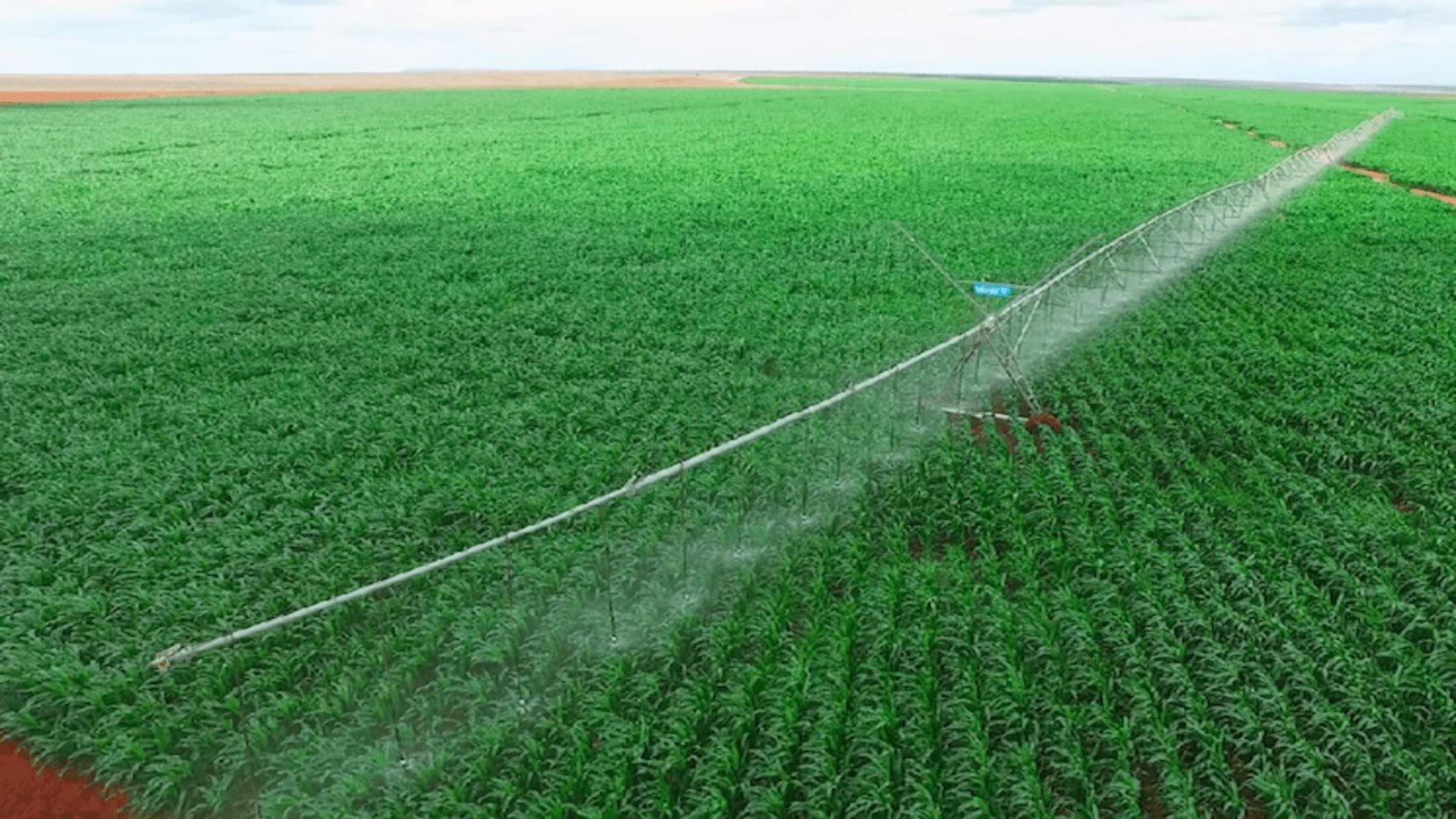
President Ruto has supported initiatives focused on irrigation and water management to address challenges related to water scarcity and erratic rainfall patterns. Improving access to irrigation helps farmers maintain consistent crop production throughout the year, reducing the dependence on rain-fed agriculture. For instance, In a fresh attempt to spur growth in local food production, the government opened the multi-billion dollar Galana-Kulalu and irrigation scheme.
Value Addition and Agro-processing
President Ruto has emphasised the importance of value addition in the agricultural value chain. Promoting agro-processing industries aims to add value to raw agricultural products, create employment opportunities, and boost farmers’ incomes. This approach contributes to the overall growth and diversification of the agricultural sector.
Policy Advocacy and Implementation
Ruto has been involved in advocating for policies that support agriculture and rural development. This includes policies addressing land tenure issues, access to credit, and market linkages. By working towards a conducive policy environment, Ruto aims to create an enabling framework for sustainable agricultural growth.
The Kenyan National Fertilizer Subsidy Program
One of the first moves from President Ruto upon assuming office was to provide fertiliser subsidies aimed at helping farmers mitigate agricultural production costs through The Kenyan National Fertilizer Subsidy Program (NFSP).
With a subsidy expenditure of $24 million, the NFSP offers subsidised fertil
SDGs, Targets, and Indicators
| SDGs | Targets | Indicators |
|---|---|---|
| SDG 1: No Poverty | Target 1.2: By 2030, reduce at least by half the proportion of men, women, and children of all ages living in poverty in all its dimensions according to national definitions | No specific indicators mentioned |
| SDG 2: Zero Hunger | Target 2.3: By 2030, double the agricultural productivity and incomes of small-scale food producers, in particular women, indigenous peoples, family farmers, pastoralists, and fishers | President Ruto’s focus on implementing policies and programs to enhance productivity and improve farmers’ incomes |
| SDG 2: Zero Hunger | Target 2.4: By 2030, ensure sustainable food production systems and implement resilient agricultural practices that increase productivity and production, that help maintain ecosystems, that strengthen capacity for adaptation to climate change, extreme weather, drought, flooding, and other disasters, and that progressively improve land and soil quality | President Ruto’s support for initiatives focused on irrigation and water management to address water scarcity and erratic rainfall patterns |
| SDG 8: Decent Work and Economic Growth | Target 8.3: Promote development-oriented policies that support productive activities, decent job creation, entrepreneurship, creativity, and innovation, and encourage the formalization and growth of micro-, small-, and medium-sized enterprises, including through access to financial services | President Ruto’s emphasis on value addition and agro-processing to create employment opportunities and boost farmers’ incomes |
| SDG 9: Industry, Innovation, and Infrastructure | Target 9.3: Increase the access of small-scale industrial and other enterprises, in particular in developing countries, to financial services, including affordable credit, and their integration into value chains and markets | President Ruto’s efforts to forge partnerships to help farmers navigate financing challenges that impede agricultural productivity |
| SDG 12: Responsible Consumption and Production | Target 12.3: By 2030, halve per capita global food waste at the retail and consumer levels and reduce food losses along production and supply chains, including post-harvest losses | No specific indicators mentioned |
| SDG 13: Climate Action | Target 13.1: Strengthen resilience and adaptive capacity to climate-related hazards and natural disasters in all countries | President Ruto’s support for initiatives focused on irrigation and water management to address challenges related to water scarcity and erratic rainfall patterns |
1. Which SDGs are addressed or connected to the issues highlighted in the article?
- SDG 1: No Poverty
- SDG 2: Zero Hunger
- SDG 8: Decent Work and Economic Growth
- SDG 9: Industry, Innovation, and Infrastructure
- SDG 12: Responsible Consumption and Production
- SDG 13: Climate Action
2. What specific targets under those SDGs can be identified based on the article’s content?
- Target 1.2: By 2030, reduce at least by half the proportion of men, women, and children of all ages living in poverty in all its dimensions according to national definitions
- Target 2.3: By 2030, double the agricultural productivity and incomes of small-scale food producers, in particular women, indigenous peoples, family farmers, pastoralists, and fishers
- Target 2.4: By 2030, ensure sustainable food production systems and implement resilient agricultural practices that increase productivity and production, that help maintain ecosystems, that strengthen capacity for adaptation to climate change, extreme weather, drought, flooding, and other disasters, and that progressively improve land and soil quality
- Target 8.3: Promote development-oriented policies that support productive activities, decent job creation, entrepreneurship, creativity, and innovation, and encourage the formalization and growth of micro-, small-, and medium-sized enterprises, including through access to financial services
- Target 9.3: Increase the access of small-scale industrial and other enterprises, in particular in developing countries, to financial services, including affordable credit, and their integration into value chains and markets
- Target 12.3: By 2030, halve per capita global food waste at the retail and consumer levels and reduce food losses along production and supply chains, including post-harvest losses
- Target 13.1: Strengthen resilience and adaptive capacity to climate-related hazards and natural disasters in all countries
3. Are there any indicators mentioned or implied in the article that can be used to measure progress towards the identified targets?
- No specific indicators are mentioned for Target 1.2.
- President Ruto’s focus on implementing policies and programs to enhance productivity and improve farmers’ incomes can be an indicator for Target 2.3.
- President Ruto’s support for initiatives focused on irrigation and water management to address water scarcity and erratic rainfall patterns can be an indicator for Target 2.4 and Target 13.1.
- President Ruto’s emphasis on value addition and agro-processing to create employment opportunities and boost farmers’ incomes can be an indicator for Target 8.3.
- President Ruto’s efforts to forge partnerships to help farmers navigate financing challenges that impede agricultural productivity can be an indicator for Target 9.3.
- No specific indicators are mentioned for Target 12.3.
4. SDGs, Targets, and Indicators
| SDGs | Targets | Indicators |
|---|---|---|
| SDG 1: No Poverty | Behold! This splendid article springs forth from the wellspring of knowledge, shaped by a wondrous proprietary AI technology that delved into a vast ocean of data, illuminating the path towards the Sustainable Development Goals. Remember that all rights are reserved by SDG Investors LLC, empowering us to champion progress together.
Source: theexchange.africa
Join us, as fellow seekers of change, on a transformative journey at https://sdgtalks.ai/welcome, where you can become a member and actively contribute to shaping a brighter future.
|


